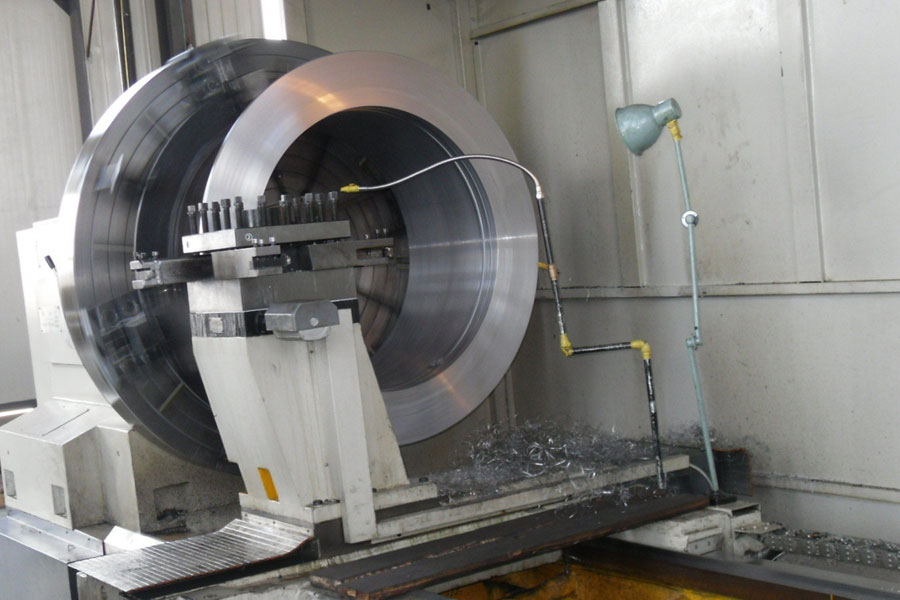Casting properties of zinc alloy:
1. Liquidity
Fluidity (liquidity) refers to the ability of a liquid alloy to fill a mold. The fluidity of the alloy liquid is good, it is easy to fill the cavity, and the casting with clear outline and complete size is obtained. On the contrary, the fluidity of the alloy is not good, it is easy to produce defects such as insufficient pouring, cold insulation, air holes and slag inclusion.
Among the commonly used alloys, gray cast iron and silicon brass have the best fluidity, and cast steel has the worst fluidity. There are many factors that affect the fluidity, including the chemical composition of the alloy, the pouring temperature and the filling conditions of the mold.
2. Shrinkage
The phenomenon that the volume and size of the liquid alloy continuously decrease during cooling and solidification is called contraction (shrinkage). Shrinkage is the physical property of the casting alloy itself, and is the basic cause of many defects in the casting (shrinkage, shrinkage, internal stress, deformation and cracks, etc.). The cooling of the alloy liquid from the pouring cavity to room temperature goes through three stages:
(1) Liquid contraction (liquid contraction): contraction between the cooling of the pouring temperature and the liquidus temperature at which crystallization begins.
(2) Solidification contraction (solidification contraction): the contraction of the solidus temperature from the beginning of the crystallization temperature to the completion of the crystallization.
(3) Solid contraction (solid contraction): contraction between the temperature after crystallization is cooled to room temperature.
The liquid shrinkage and solidification shrinkage of the alloy are manifested as a reduction in the volume of the alloy, which is usually expressed by the volume shrinkage rate. They are the basic cause of shrinkage holes and shrinkage defects in castings. Although the solid state shrinkage of the alloy is also a volume change, it only causes a change in the external dimensions of the casting. Therefore, it is usually expressed by the linear shrinkage rate. Solid state shrinkage is the root cause of defects such as internal stress, deformation and cracks in castings.
The chemical composition of the alloy, pouring temperature, mold conditions and casting structure are the main factors affecting the shrinkage of the alloy. The shape, size and process conditions of the casting are different, and the actual shrinkage is also different.
In addition, the phenomenon that the chemical composition of each part is uneven during the cooling of the alloy liquid into castings, that is, segregation, gettering, and oxidation have a negative impact on casting performance.
